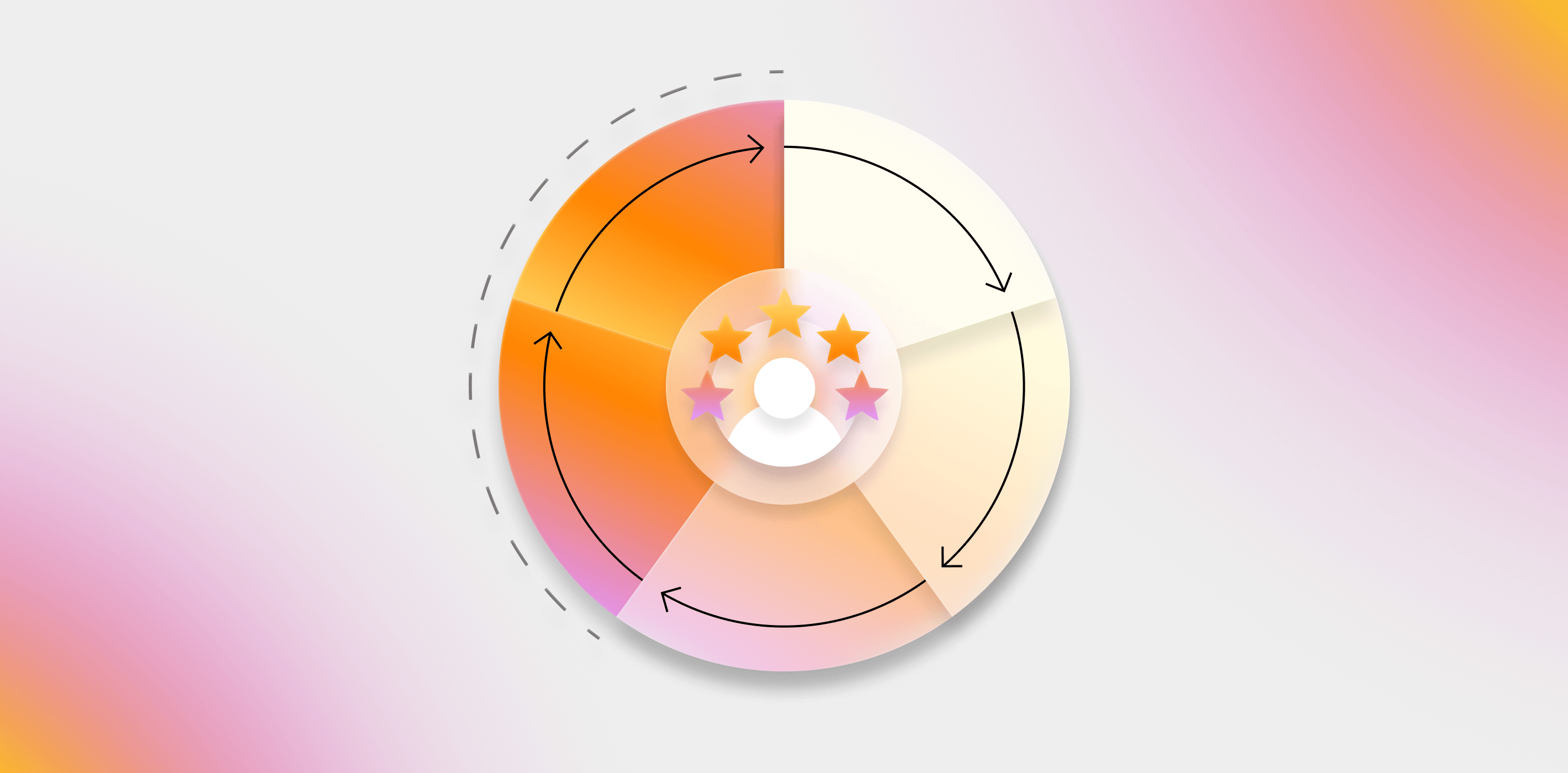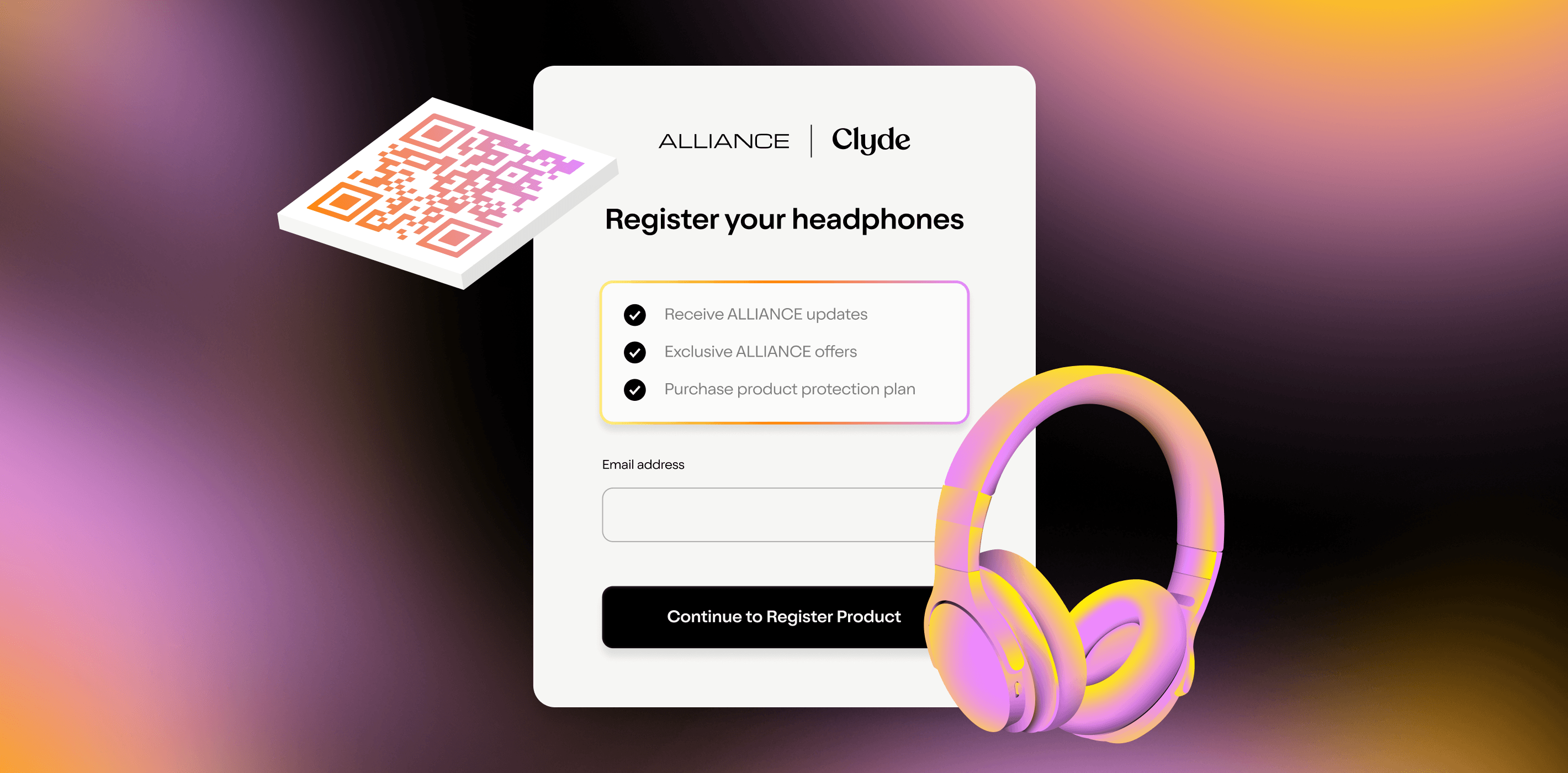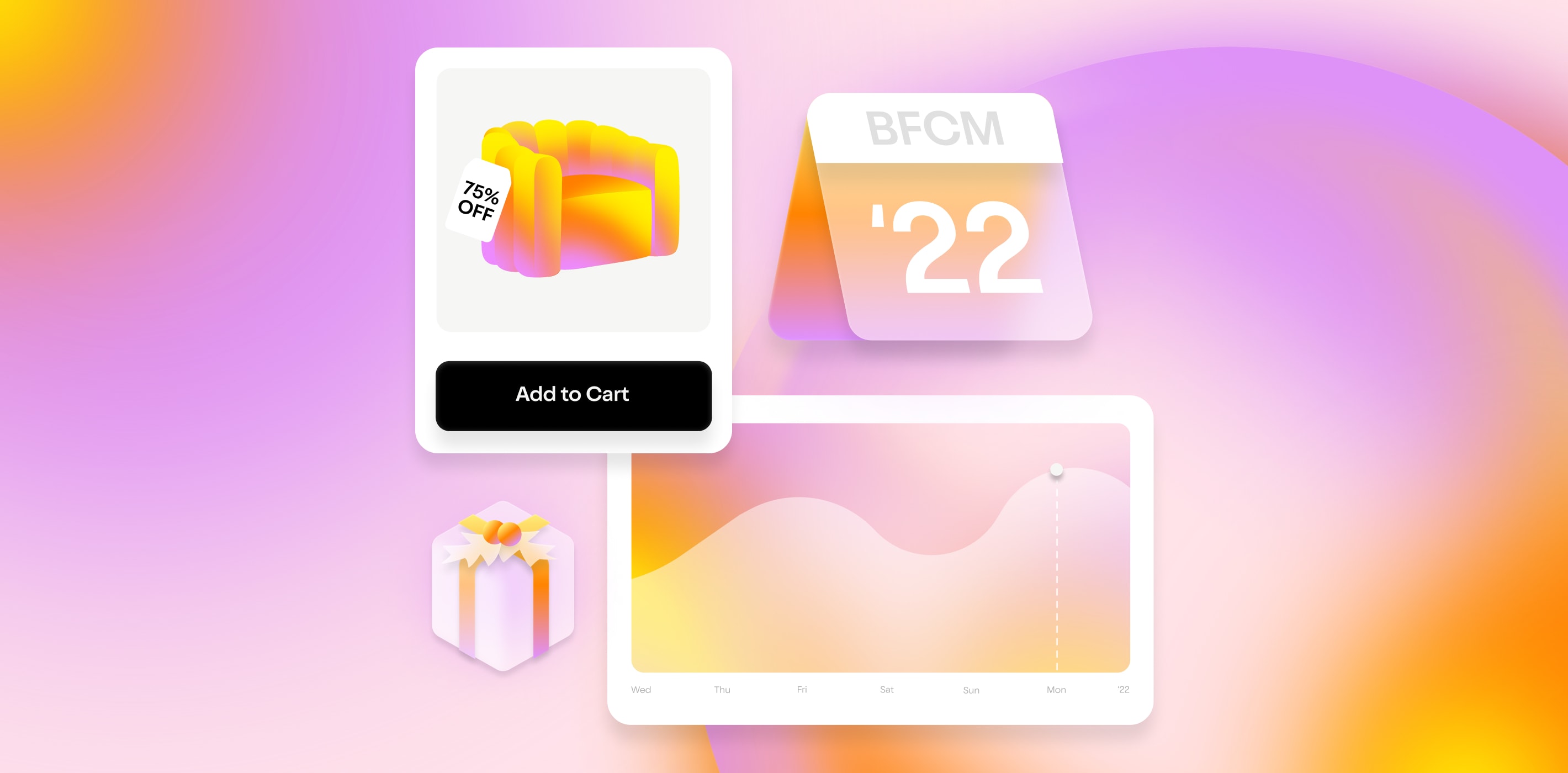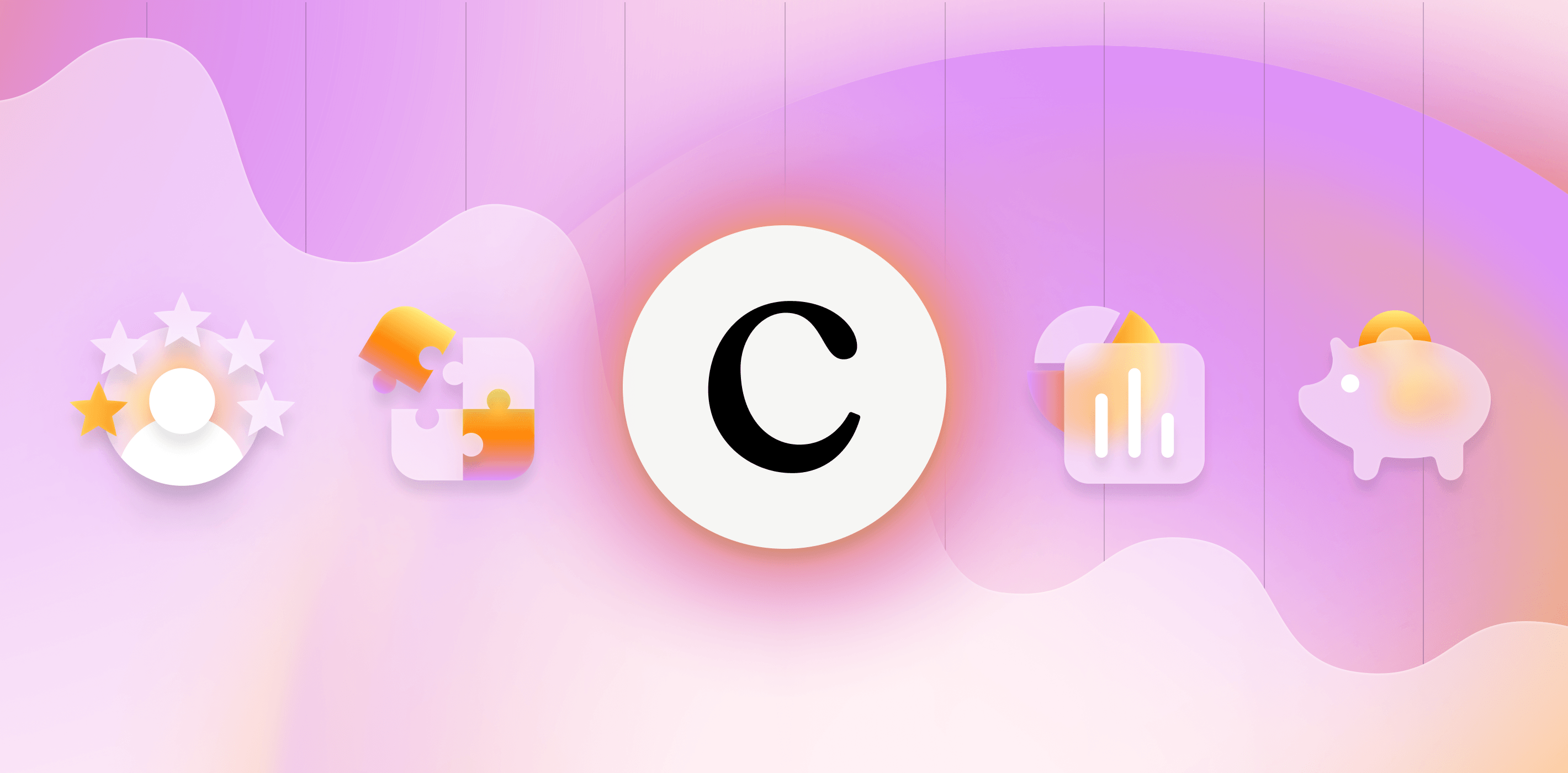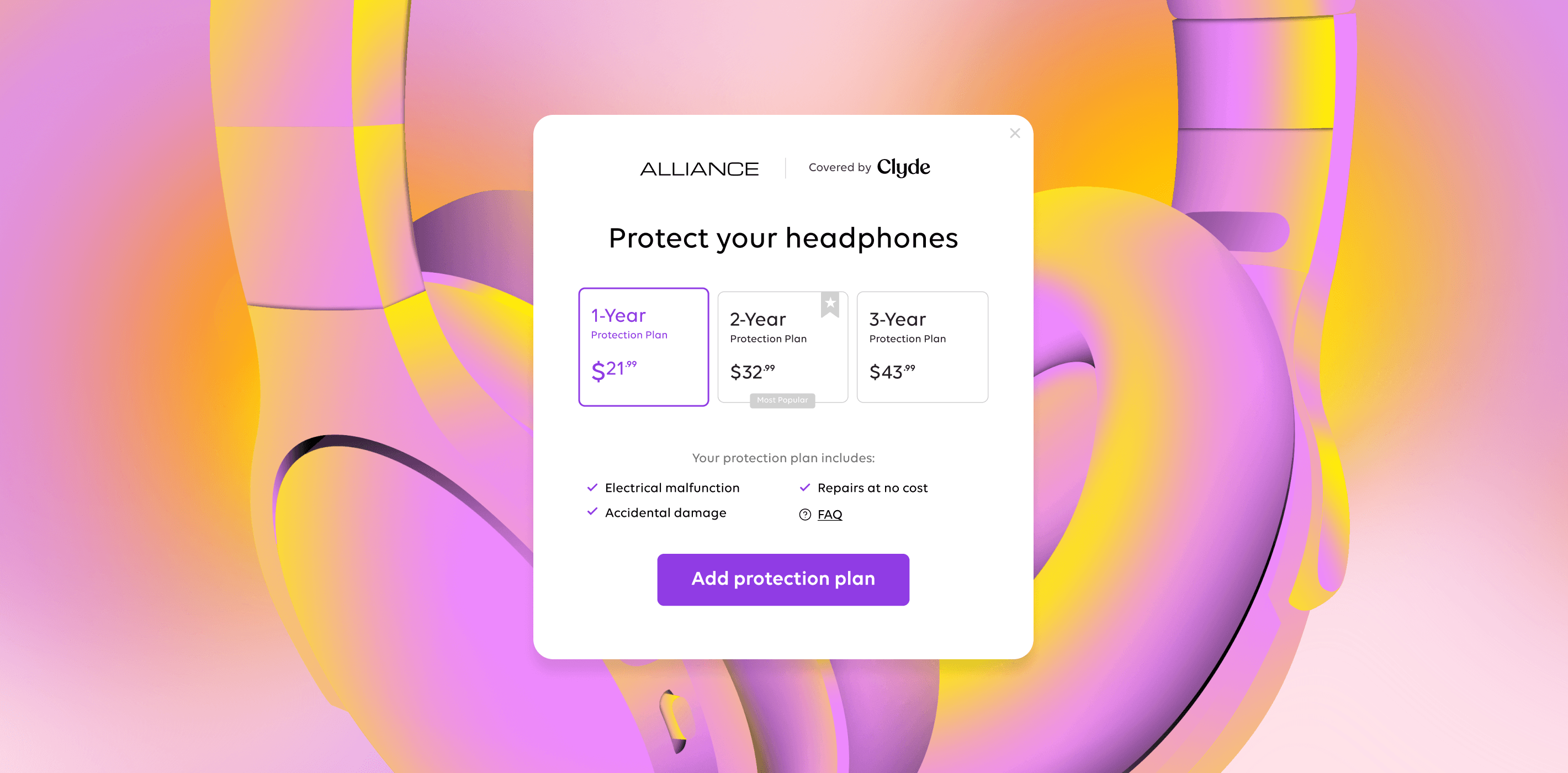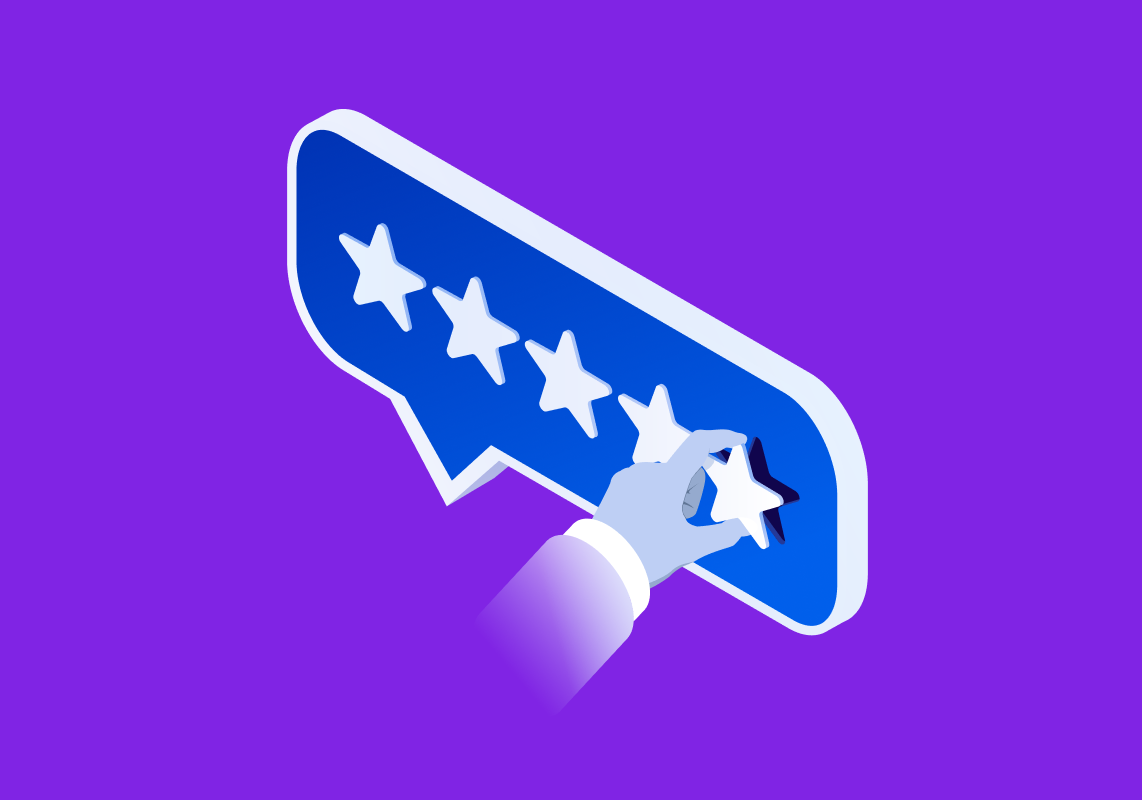Which do you think is a more sustainable way to grow your business: acquiring new customers or making your current ones happier?
While lots of retailers spend tons of time—and even more money—on the former, research suggests it’s the latter. It costs five times more to bring in a new customer than it does to keep one you already have.
Here are 10 ways you can grow your business, make your current customers happier, and increase customer lifetime value. We’ve broken them up into two categories: ways you can make your current customers happier, and ways you can encourage them to buy more. (The two are definitely related!)
First, what is customer lifetime value (CLV) and what drives it?
Customer lifetime value is the total profit or revenue generated through a single customer over the course of their relationship with your business.
There are multiple ways to calculate CLV, including using probabilistic models, but in its most basic form, CLV takes a customer’s average purchase size x the number of purchases they make per year x the number of years they stay a customer. It’s similar to RFM analysis that looks at a customer’s recency, frequency, and monetary value.
If a customer comes onto your site or into your store, buys one thing, and never comes back, their CLV is relatively low.
But if you can keep a customer for longer, like by offering excellent goods or services that they regularly need, providing top-notch customer service and care so that they prefer to work with you over your competitors and stay with you even through issues, showing them that your business’s values are aligned with theirs, and finding ways to integrate your offerings into their lives and buying patterns (like through subscriptions or loyalty programs), that CLV can keep growing.
A high CLV is key to a business’s long-term success. Bringing in tons of new customers is great. But if it costs an arm and a leg to bring a new customer in and then that customer is worth only half an arm over the course of their relationship with your product or service, you’re in trouble. One of the most important KPIs for a business is their CLV:CAC ratio, or their customer lifetime value versus their customer acquisition cost.
If you can improve customer lifetime value, you can secure the long-term financial success of your business.
10 ways to increase customer lifetime value
Our first five suggestions focus on how to make your current customers happier, with the secondary consequence of them buying more, and the second five focus on how to increase each purchase order through specific sales techniques.
1. Perfect your issue resolution process.
Despite the best-laid marketing, production, and fulfillment plans, something will go wrong, at some point, for some customer. They won’t be happy with what they ordered, your product will break, or logistics issues will leave them feeling frustrated.
Make sure your customer service team is empowered to provide actual solutions for those disgruntled customers. That means seeing CS as as vital a part of your business as your product team and giving them the budget, autonomy, and training they need to fulfill their very important role.
2. Be kind.
Your customers are people, and people love being celebrated and made to feel special. Little touches in product fulfillment or marketing plans can highlight the shared humanity between your team and their customers. Add homemade thank-you cards to big orders, offer a free product to a customer who shares on social or on the phone that they’re having a rough day, or send surprise birthday gifts to repeat customers.
3. Be transparent about long-term improvements.
People like to feel like they’re being listened to. That’s especially true for customers, who expect that the money they spend with you earns them a voice with you. And it should! Regularly ask you customers for feedback and details on their pain points and use those to inform your planned improvements.
Whether you’re fixing a shopping cart bug, providing a wider range of color options for a product, or using more eco-friendly packaging, make sure to tell your customers not just what you’re doing to improve your products or services but also how those improvements are in direct response to their feedback.
4. Review your reviews.
Most people use reviews to make purchasing decisions , but the majority of people who are inspired to leave reviews are those who have had bad experiences. (That makes sense, as frustration can be a much bigger motivator than joy.)
Keep an eye on your customer reviews in two ways. First, make it easy for customers to leave their feedback with automatic, non-pushy email reminders and giveaways for those who complete them. Second, respond directly in an honest, humble, and not at all defensive way to negative reviews on public forums like Google or Yelp to show customers that you acknowledge your mistakes and make up for them.
5. Provide useful resources with no obvious sales angle.
No one likes being hit up for money every time they open an email or answer the phone. Your communication with your customers shouldn’t be all directly tied to sales goals. Consider your expertise and your customers’ needs and find ways to bridge them and bring joy to your buyers.
For instance, if you sell baking supplies, you could invest in blog pieces that research the most popular cookie recipes by season or email out expert advice on how to keep holiday treats fresh. Neither kind of content would focus explicitly on getting people to buy more baking sheets, but you’d be cementing your brand’s status as a helpful expert in that space and nurturing your relationship with customers.
6. Upsell.
Upselling is when you offer your customers a more expansive, expensive, or complete version of your product or service. That can mean getting them to buy a premium version of your low-cost software, to add-on an extended warranty to a tech purchase, or to spring for extra features on a product.
For example, retailers who offer extended warranties through Clyde see average purchase orders increase by 11%.
7. Cross-sell.
Cross-selling is offering your customers products that are related to things they’ve already bought from you, like when you’re buying flowers online and you get asked if you want a vase, too. This works well in the moment, as part of your checkout cycle, whether you name it (“Customers Who Bought This Also Bought…”) or not.
But you can also incorporate cross-selling into follow-up email marketing campaigns. If someone bought a couch from you last month, a customized email highlighting couch-friendly accessories like throw pillows, rugs, and blankets might do very well indeed.
8. Incentivize the next order.
An ideal repeat customer is one that returns to your product not just once, but time and time again. Make that as easy for them as possible. You can offer discounts, though be smart about your discount strategy so as to not hurt your brand, or you can stagger loyalty bonuses, like when department stores give buyers gift cards that can only be used the following month.
9. Offer exclusive access to new products.
Your customers are people who already have a proven need for your products or services—so why not start with them when you have something new to share?
Let’s say you’re a video game company. If you’re about to release a new high-end game, one of your most important (and highest-converting) marketing groups should be people who bought your last game. Play into our psychological desire for exclusivity and let them know they’ll be the first people who can access your new release.
10. Reward repeat customers.
I have at least six coffeeshop and frozen yogurt punch cards in my wallet. It’s a ridiculous collection: I no longer live in any of the three cities they hail from and I don’t even like either coffee or frozen yogurt. (Give me tea or ice cream any time.) But I keep them, and every time I visit Chicago or New York or Ann Arbor, I make an active effort to frequent those places for meetups with old friends or ex-coworkers.
Rewarding customers for having long relationships with your brand can be an extremely low-cost way to keep customers coming back, whether you do it with something as simple as a punch card or as comprehensive as a credit card points system.
Sephora’s Insider program is a great example of how to reward customers. The beauty company gives its consumers one point for every dollar spent and then allows customers to use those points to unlock exclusive products and trials.
Remember, there are two ways to improve customer lifetime value.
You want to both make it easier for your current customers to buy more of what they need, and make it easy for customers to buy what they need from you by building a relationship with them over time. Just doing one isn’t enough. So while you may not implement all 10 of our suggestions right now, make sure you’re picking a few from to get the most benefit.
SIGN UP FOR OUR NEWSLETTER



